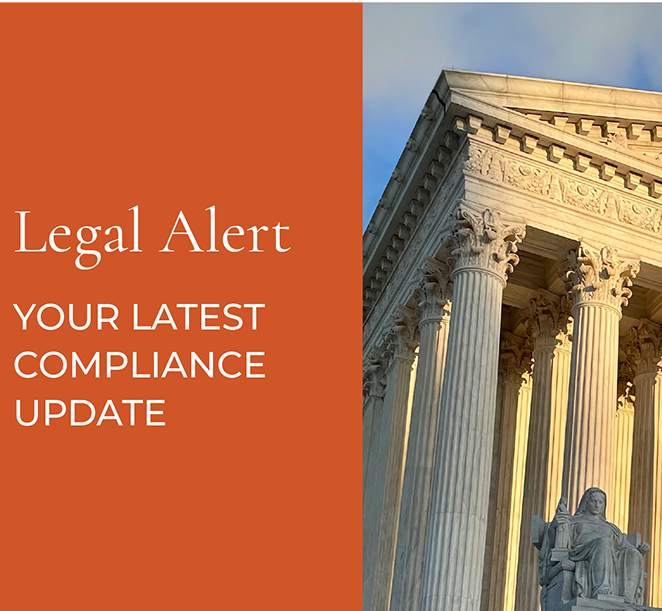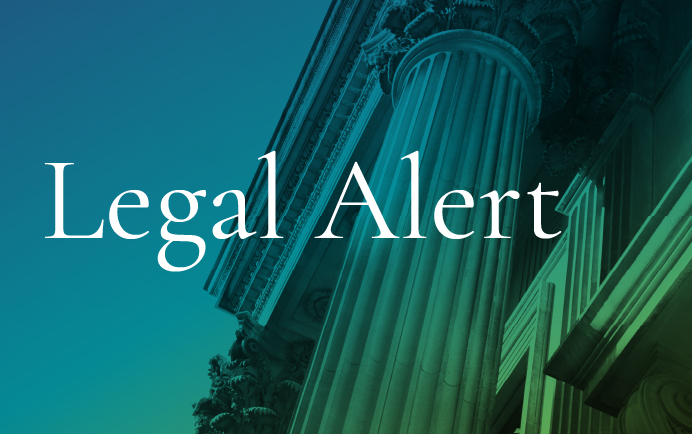3 Key Takeaways Post HBLC 2018
Back in April, I had the chance to network with hundreds of HR professionals at the Health & Benefits Leadership Conference in Las Vegas. Several weeks have passed, but I’m still referencing my notes and digesting my top three takeaways. Maybe these themes are still on your mind, too. In an effort to keep the insights and knowledge sharing flowing, I thought it might be worth reflecting “out loud.” (Hence this blog post).
#1 Wellness Programs aren’t Black and White
What works for one company may be completely wrong for another. An HR practitioner needs to be strategic about decision making and provide options that make the most sense for their workforce and business. For example, in a session about emerging trends in parental leave and flexible PTO, I mentioned to a group that the company I work for (Myriad Supply) implemented unlimited PTO about a year ago. The reaction I received was dropped jaws. Most HR folks were skeptical about the idea of unlimited PTO and were genuinely stunned to hear about the tremendous success we’ve had with our program. It’s highly valued by our employees and ensures they’re experiencing a positive work-life balance. Additionally, we strive to be as generous as possible with our parental leave so parents can take the time they need to bond as a family. Our new parents re-enter work life with more focus, confidence, and appreciation for us as an employer. It truly fosters a culture of caring, so employees can bring their best selves to work.
#2 Financial Wellness is Critical
Another key takeaway and hot topic at the conference was financial wellness. I was surprised to hear 90 million people live paycheck to paycheck—even though many are making 6-figure incomes. In one session, we talked about the concept of “path of least resistance” for our employees. For example, when a company auto-enrolls employees in their 401(k) at 6% vs. 3%, employees generally went along with the recommendation. This inspired me to show our employees how they can increase their retirement funds with little effort. Simply by nudging up the percent of their salary that they save into their 401(k), they can substantially accumulate savings. I now demonstrate this using a simple excel tool, but there are also many online tools available.
#3 Get Control Over the Broker Relationship
Lastly, the session titled “4 Keys to Take Control of the Broker/Client Relationship” was extremely enlightening. I hadn’t realized just how many HR practitioners are in the dark about:
- How much they’re paying their broker, and
- What services they should be receiving (beyond the annual renewal).
A “traditional broker” is a thing of the past. What HR practitioners really need is a “consultative advisor” who can help strategize health insurance costs and plan effectiveness. We also discussed the idea of having the broker get paid based on performance-based compensation rather than a % of the renewal. They provided this helpful analogy: when an employee uses a corporate card, it comes with certain restrictions. But, with a health insurance card, an employee can ultimately go to hospitals 3X as pricey as others in the local area. Putting strategies in place to help mitigate this can be key to maintaining costs.
That’s a Wrap
I hope you found my write up useful. I know I get a lot of value from networking with my peers. Here’s to sharing ideas at the next event!





